How sustainable is Zara and can I shop there with a clean conscience?
Fashion at its very best is a method of self-expression. It’s a coat of armour that can make you look stronger than you feel, a slogan tee that says Be Kind – or Fuck You – to the world, depending on how you feel that morning. Every day when you get dressed, you get to decide who you want to be. It’s personal, it’s fun and it’s empowering.
But not always. Not if it’s borne out of exploitation.
The fashion industry is a wily old fox that knows how to make us feel bad about ourselves (photoshopped images of unattainable perfection), how to make us feel better (buy more stuff) and how to pretend it’s more sustainable and ethical than it really is (with code of conduct that’s not worth the paper its written on).
So how do you really know if a fashion brand is really sustainable?
We asked the founders of some of the most ethical fashion brands we know how to tell the real from the fake.
We’re sorry to say it’s not a one-stop solution – Live Frankly wouldn’t need to exist if it was – especially as ‘sustainable fashion’ is somewhat of a paradox in itself.
As founder of Vildnis Ulla Vitting Richards shares, “In my opinion, sustainable fashion is an oxymoron. The word fashion implies changing trends and hence invites overconsumption, while sustainability means that we are only using the resources that are absolutely necessary.”
But there’s a world of difference between brands who take this on board and create clothes in a way that empowers their workers and is kinder to the planet and those who don’t.
Here’s how you start to differentiate.
THE PROBLEM WITH FAST FASHION
How often is a brand bringing out new lines?
If it’s weekly or monthly then there is no way this brand has sustainability at its core – the very notion of creating throwaway fashion is at odds with being sustainable.
“Trends come and go, the worst thing is to buy high-trend items because it typically means we wear them once or twice and then it’s back in that drawer until we have a huge clear out. Look for brands that create pieces that will transcend seasons,” says high-end knitwear designer Valentina Karellas.
FASHION INDUSTRY IN NUMBERS
£1.5 trillion: value of global fashion industry
100 billion: number of items produced each year, most from virgin sources
53 million tonnes: amount of fibres used to make clothes and textiles each year
7,500 litres: amount of water it takes to make one pair of jeans
73: the percent of the fibres we send to landfill, annually
2: the percent of garment workers who are paid a living wage.
Without radical action, by 2050 the global textile industry will be accountable for a quarter of all carbon emissions. The radical, but very simple, first step is to produce and consume less.
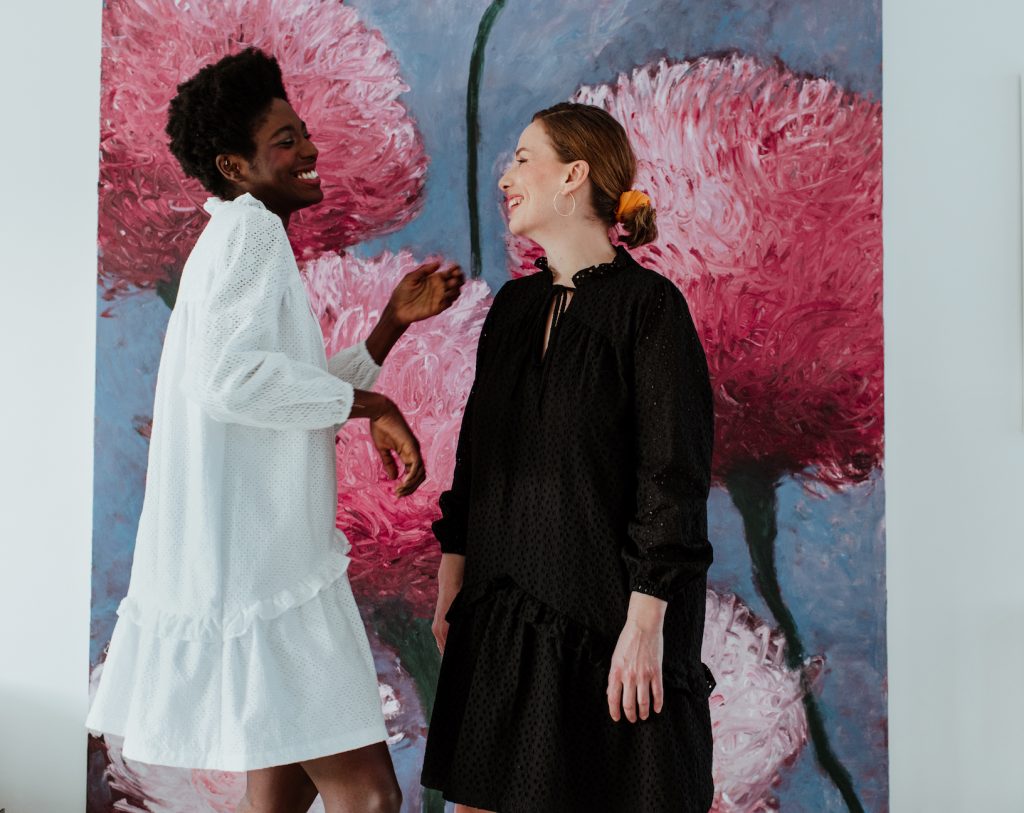
SUSTAINABLE FASHION STARTS WITH TRANSPARENCY
“Where does your product come from and how does it return to the earth? What impact does that have on the people and the planet?” asks Sophie Slater from cult feminist brand Birdsong.
Transparency is an important one, but also a difficult one because we can’t just jump on a plane to Bangladesh or China to check out factories for ourselves (and even if we could, our carbon footprint would be huge, urgh). But true transparency is about more than just naming a factory, it’s about being open about the whole supply chain.
Katie Shaw, a stakeholder manager of factory mapping technology Open Apparel Registry explains: “That ‘Made in Vietnam’ label in your top is only telling a tiny part of the story; where the product was finally cut and sewn. Think of all the steps before that, then throw in buyers and you’re left with our globalised fashion system, where the process of creating one ordinary T-shirt can involve multiple shipments between different countries.”
If a brand can’t trace its supply chain from start to finish they cannot guarantee there is no slavery in their supply chain. And neither can you. It’s as simple as that.
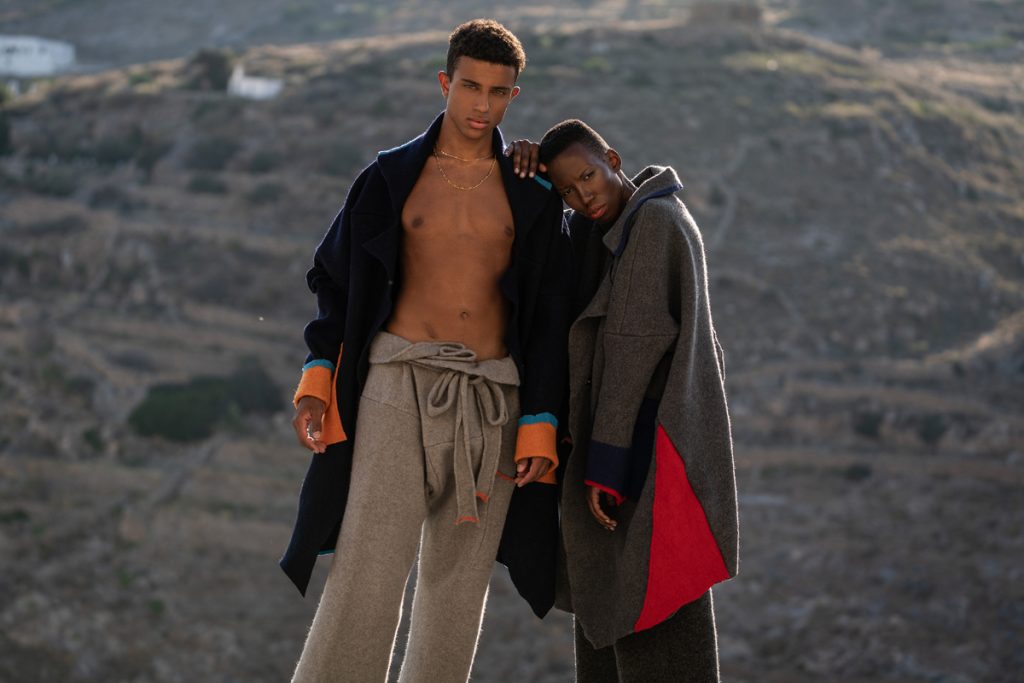
IT’S ALL ABOUT THE PEOPLE
Every brand has a code of conduct, but in the main these are pretty worthless.
Large factories should keep relevant certifications, such as Fair Wear.
The trouble with certification, however, is that some awarding bodies are funded by large companies themselves, which means the results of audits are not independent and can be irrelevant,” says Karellas.
On the flip side, not all smaller brands can afford the relevant certifications, even if they are doing good work. In this instance, transparency is key.
Richards lists the questions small brands should be answering on their website and on their social media, these include:
Are they being transparent with regards to their supply chain?
Do they know where their products are being made?
Do they write anything about working conditions and living wages?
What are their policies in this area?
Do they seem genuinely interested in improving the living and working standards for people in their supply chain?
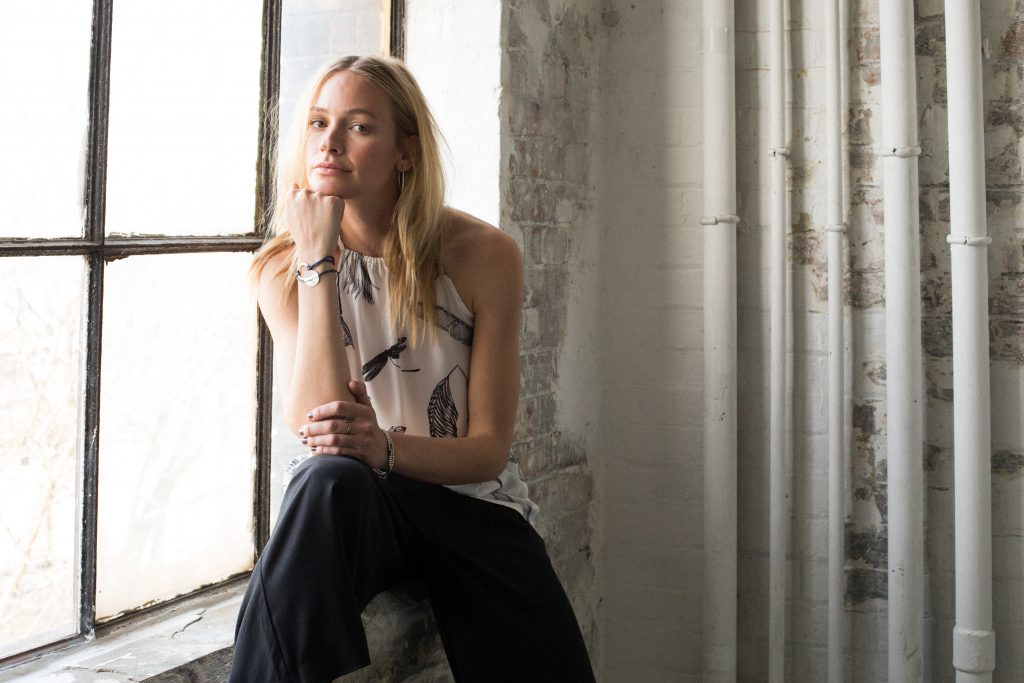
AND HOW IMPORTANT ARE SUSTAINABLE MATERIALS?
“Fabric or materials should be sustainably made, this means non-polluting, OEKE-Tex-certified, free from chemicals and animal cruelty, organic or upcycled,” says sleepwear specialist Leticia Credidio.
As a general guide the best materials are recycled – especially cotton and wool.
Also top of the list are organic materials, especially linen and hemp but also cotton.
New, great and increasingly popular fibres include Tencel (created from wood) and Monocel (from bamboo). So look for brands that sell these.
“Consider to what extent a brand’s materials are eco-friendly,” advises Richards. “Is the brand fully-committed to using sustainable materials or do they just use a small percentage of eco-friendly fibres mixed with conventional fibres?”
Non-organic cotton sounds natural but really it is a thirsty crop grown with huge amounts of pesticides that is hugely devastating. For example, it’s one of the primary causes of central Asia’s Aral Sea – once the world’s fourth-largest sea – drying up.
Leather is not always a bi-product of the food industry and therefore as innocent as it can be portrayed. It was called out as one of the causes of more than 40,000 fires to ravage the Amazon in 2019.
But don’t just switch to plastic – even if the polyester or nylon are recycled. One washing load of clothes could be shedding up to 17 million tiny plastic fibres, polluting our rivers and oceans, and seafood.
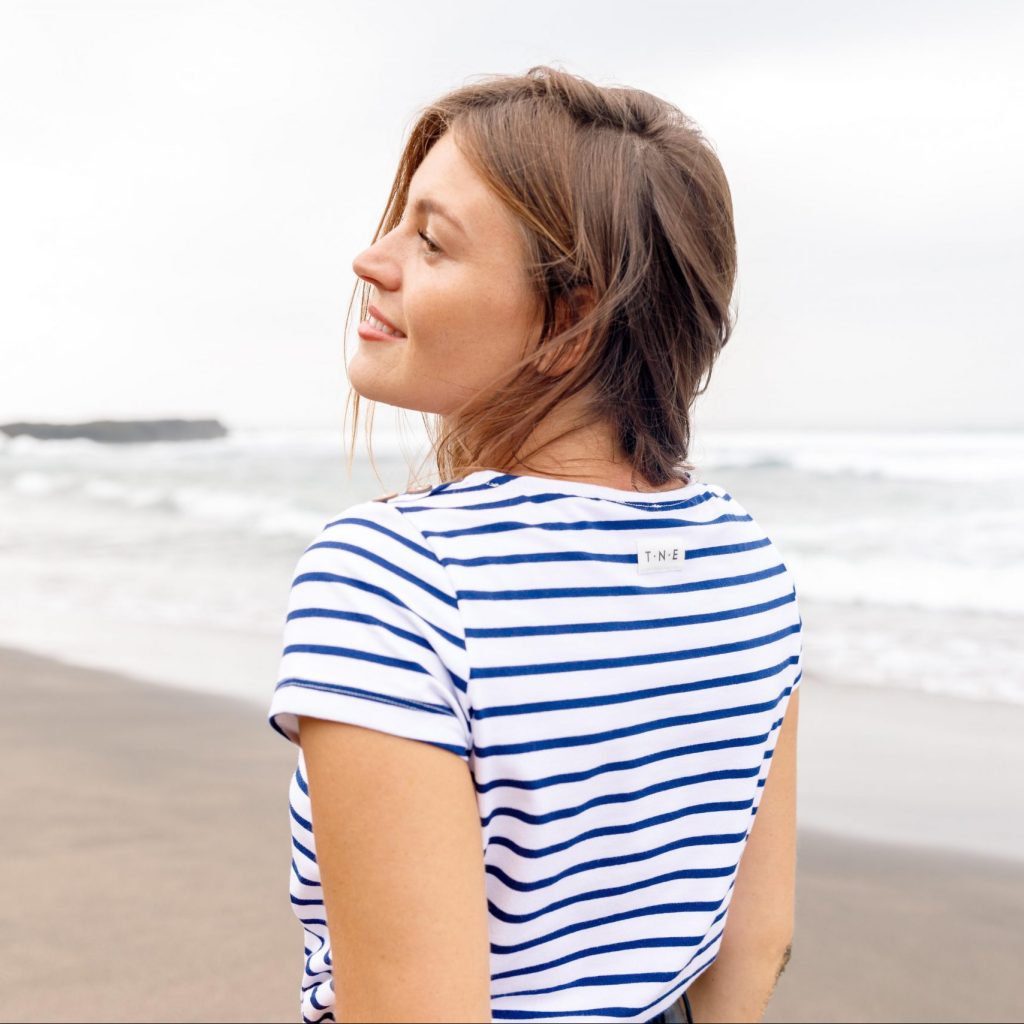
WHAT IS SUSTAINABLE FASHION PRODUCTION?
“Garment manufacturers should be aiming for zero-waste production,” says Credidio. “They should be limiting the number of collections per year and creating long-lasting products”.
Do your tops get misshapen after a couple of washes or not feel quite as new as they should? It’s not you, it’s them.
A genuinely sustainable brand will create quality garments that can be worn and washed and loved time and time again.
They will be looking to lower environmental footprint in everything they do – including packaging and deliveries. But not only this. It has to be a full 360 approach to be meaningful.
USING PHOTOSHOP
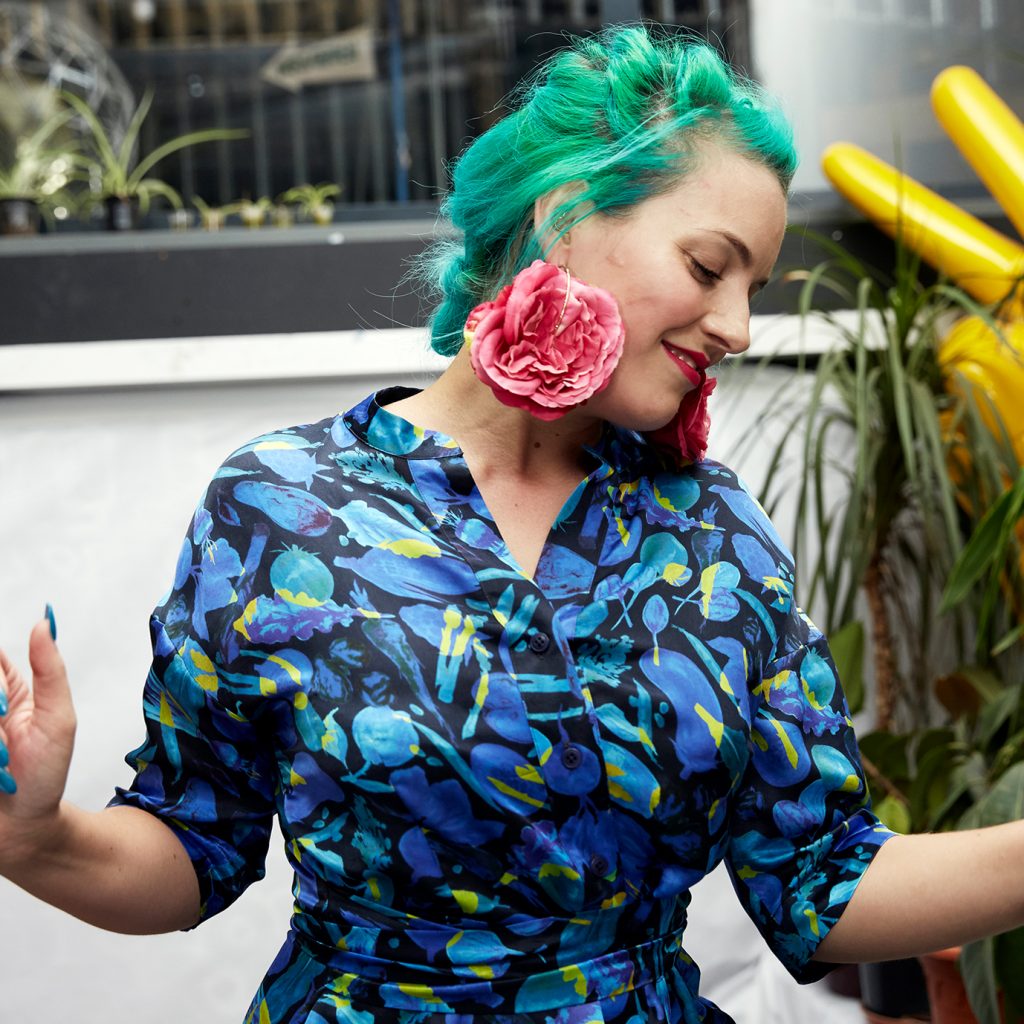
Finally, take a look at the brand’s imagery and overall messaging. Are the photos real or photoshopped? Is there genuine variety in the images? If brands are still promoting unachievable images of their view of perfection as the idyll, as opposed to celebrating real people in all our diversity, that pretty much tells you everything you need to know about its values.
As Gung Ho founder Sophie Dunster, says: “Sustainability isn’t just looking at the obvious and substituting, it’s about taking apart the whole process and questioning how we can make it better. We need to rework the industry and create new processes from start to finish.”

